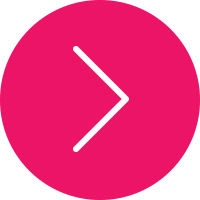Elements
An HTML element usually consists of a start tag and end tag, with the content inserted in between:
<tagname>Content goes here...</tagname>
The HTML element is everything from the start tag to the end tag:
<p>My first paragraph.</p>
Nested HTML Elements
The <html> element defines the whole document.
It has a start tag <html> and an end tag </html>.
The element content is another HTML element (the <body> element).
The <body> element defines the document body.
It has a start tag <body> and an end tag </body>.
The element content is two other HTML elements (<h1> and <p>).
The <h1> element defines a heading.
It has a start tag <h1> and an end tag </h1>.
The <p> element defines a paragraph.
It has a start tag <p> and an end tag </p>.
Empty HTML Elements
HTML elements with no content are called empty elements.
<br> is an empty element without a closing tag (the <br> tag defines a line break).
Empty elements can be "closed" in the opening tag like this: <br />.
HTML5 does not require empty elements to be closed. But if you want stricter validation, or if you need to make your document readable by XML parsers, you must close all HTML elements properly.





